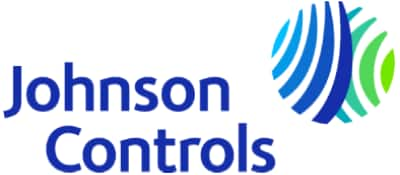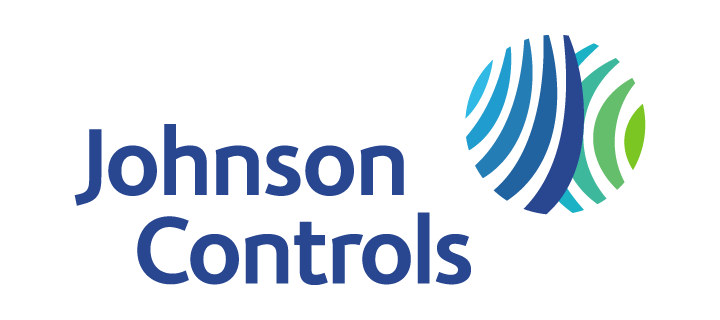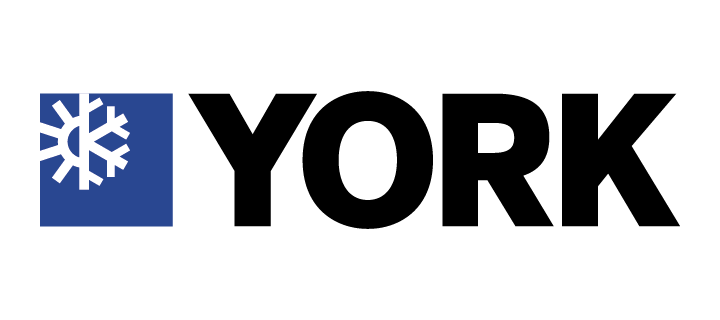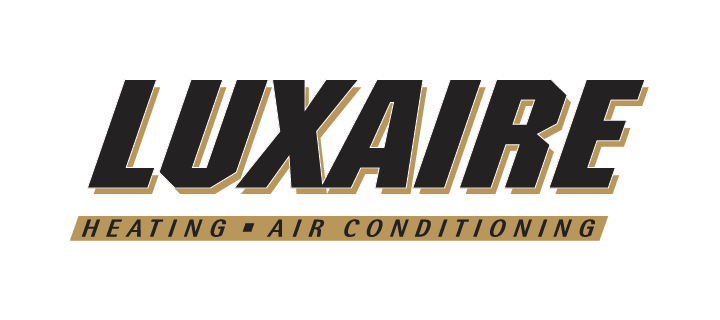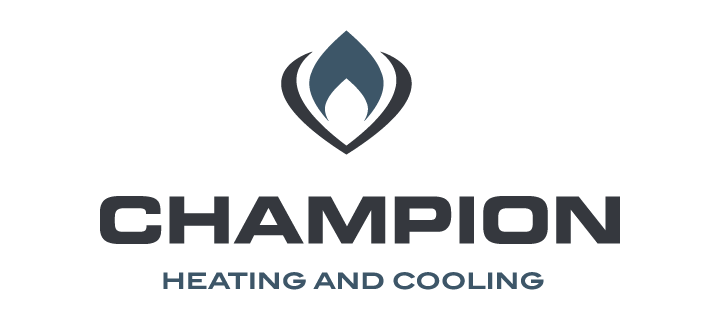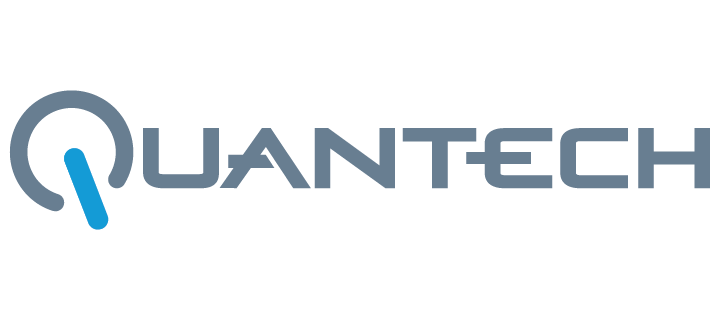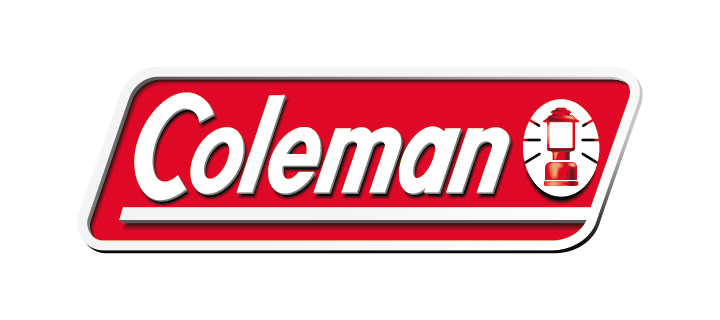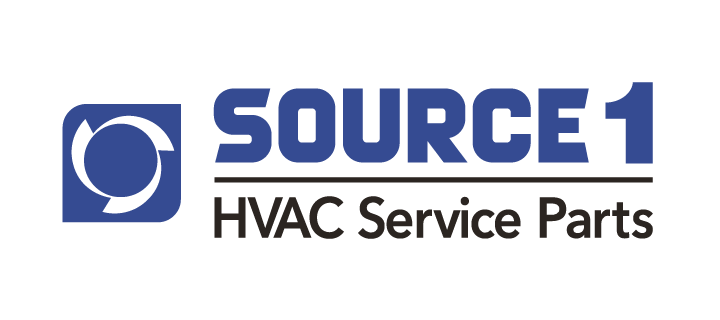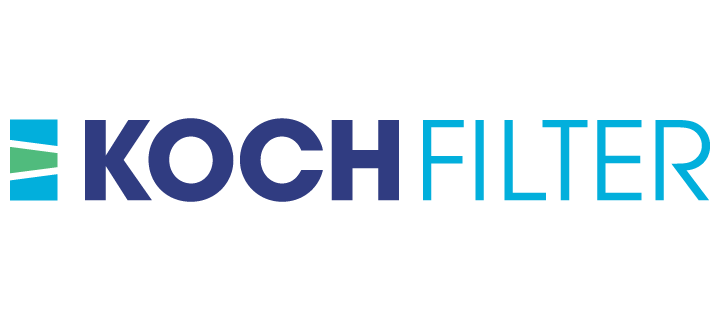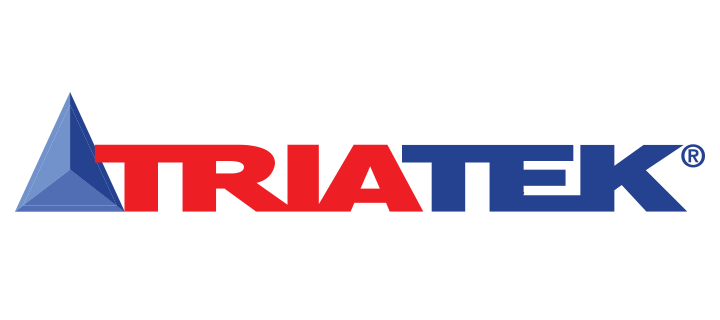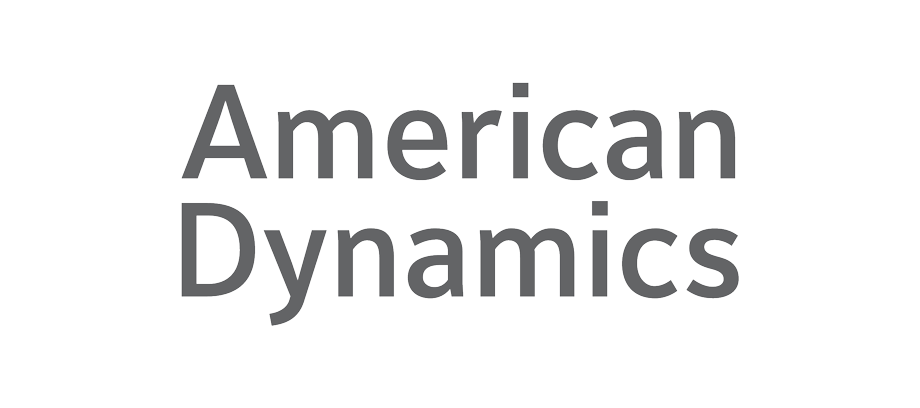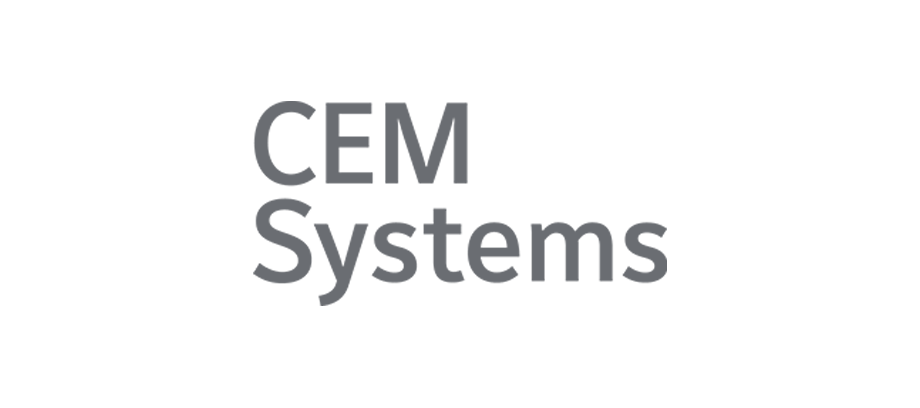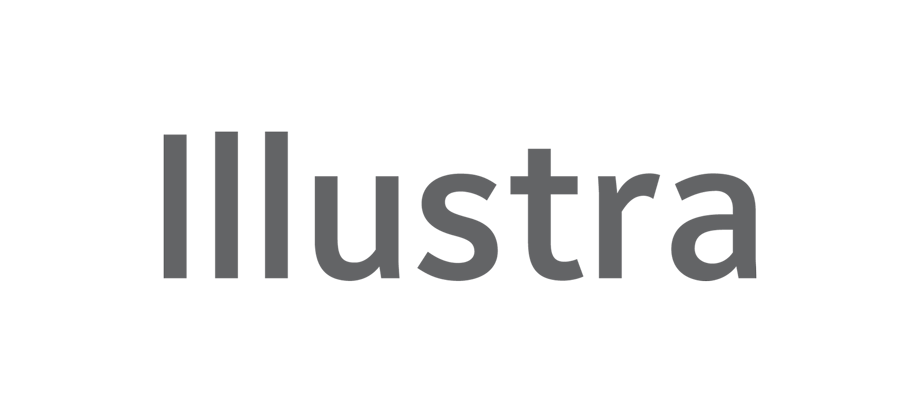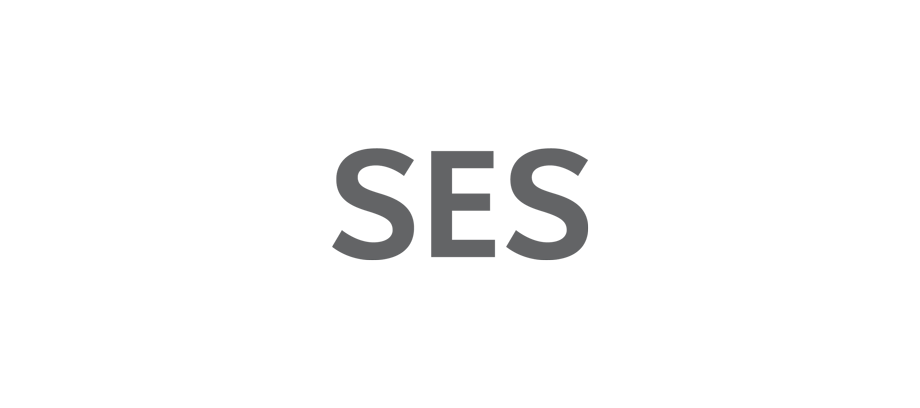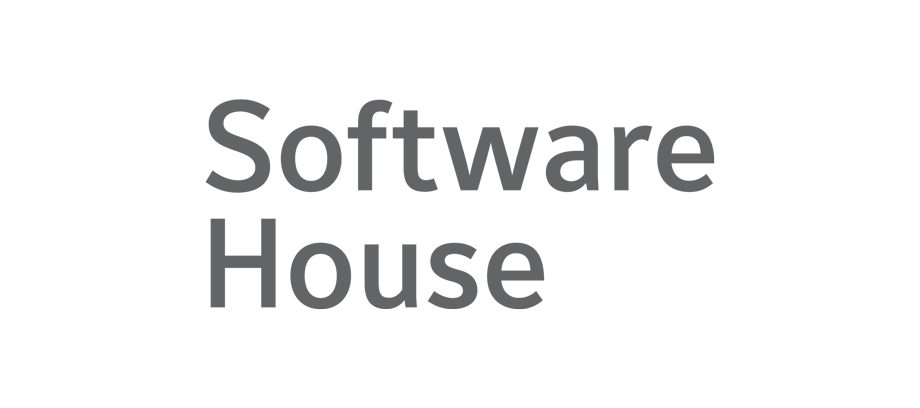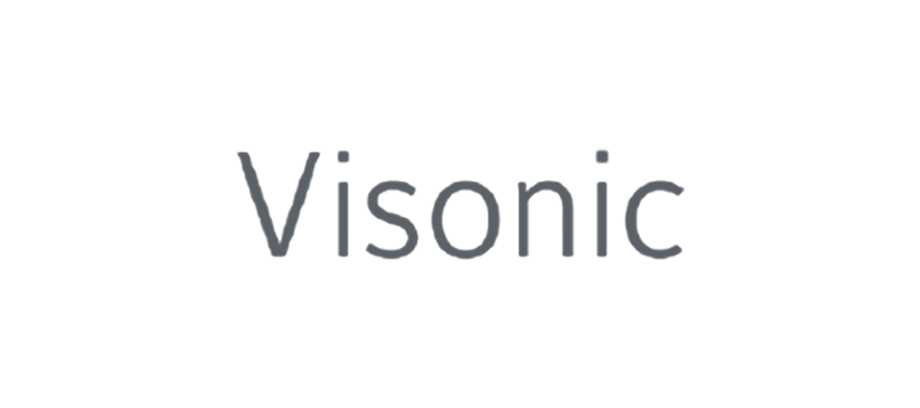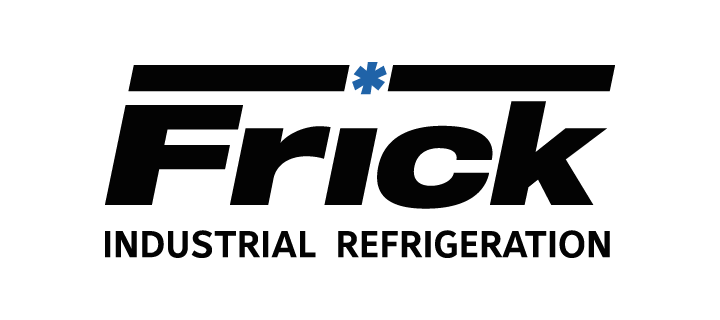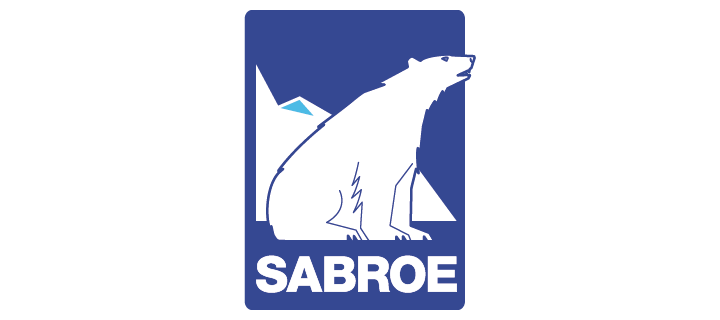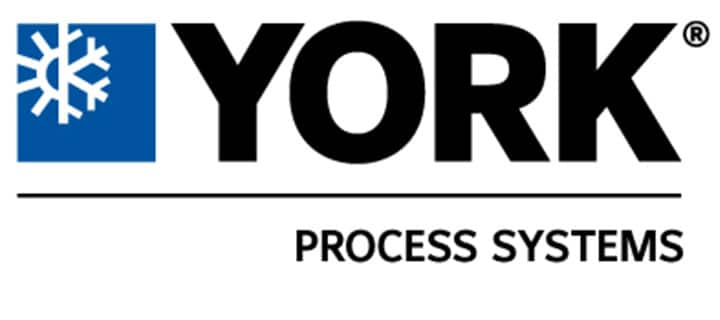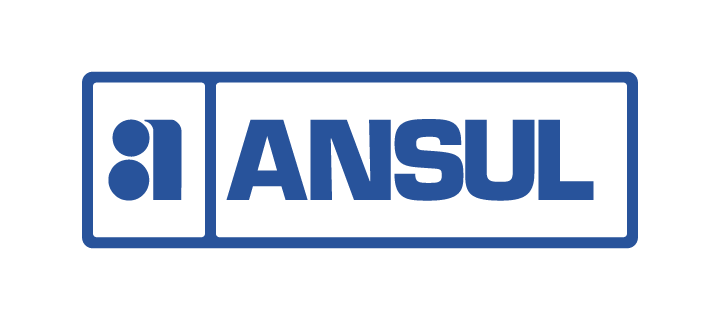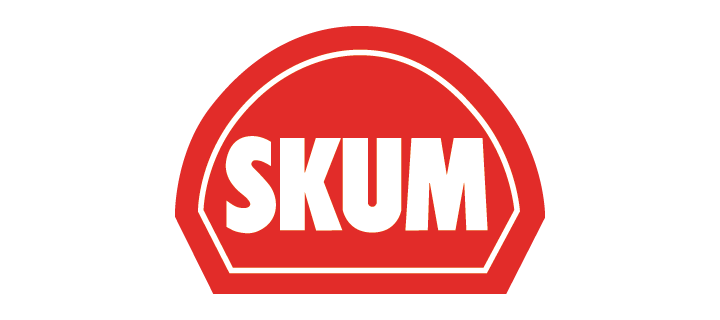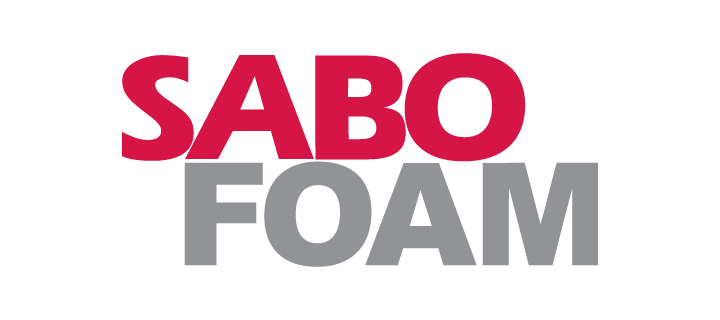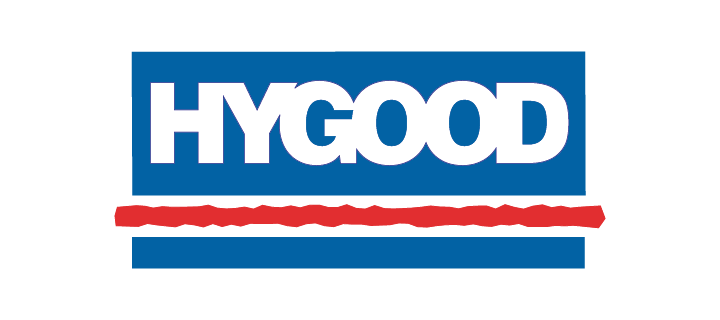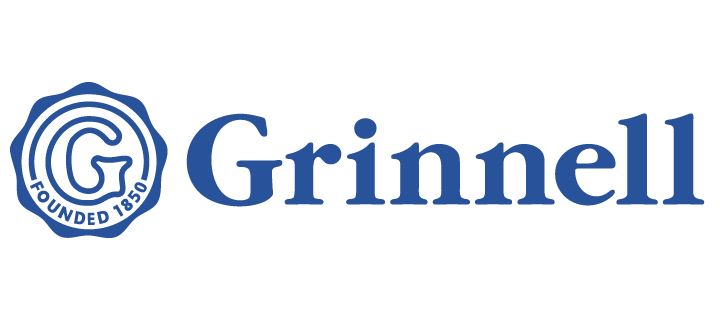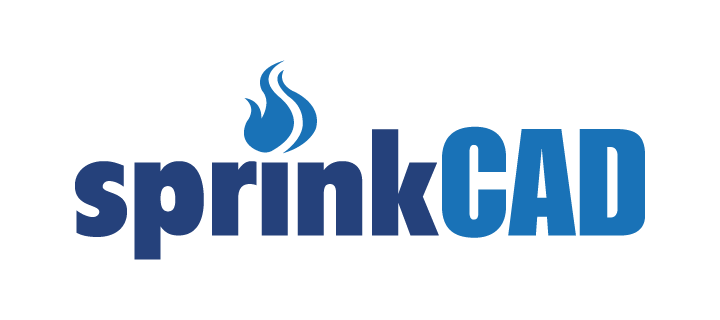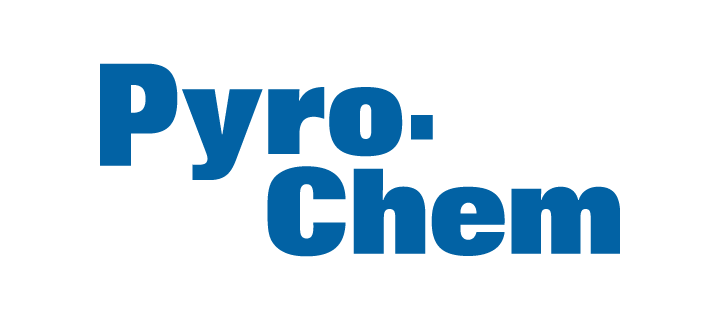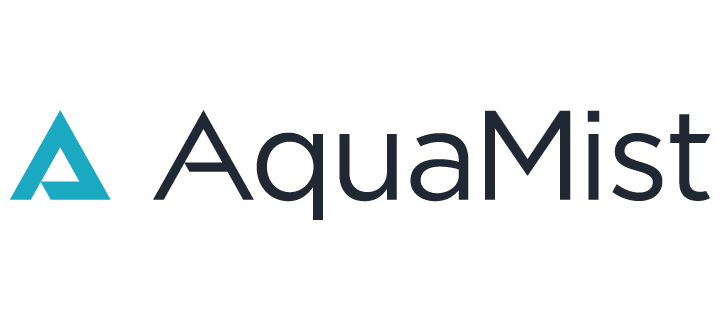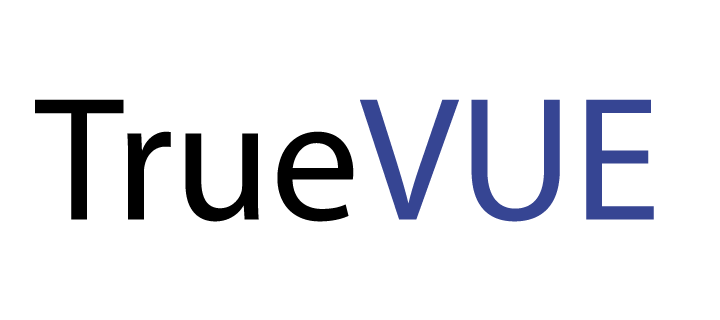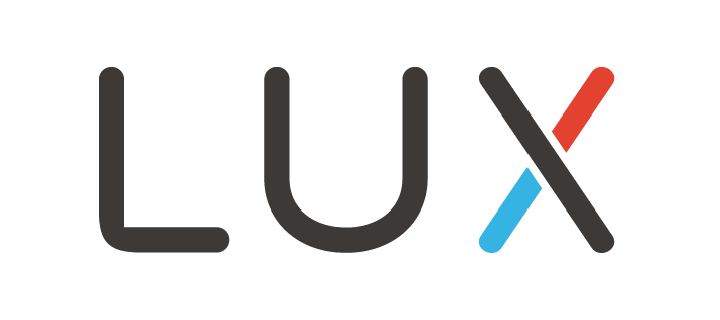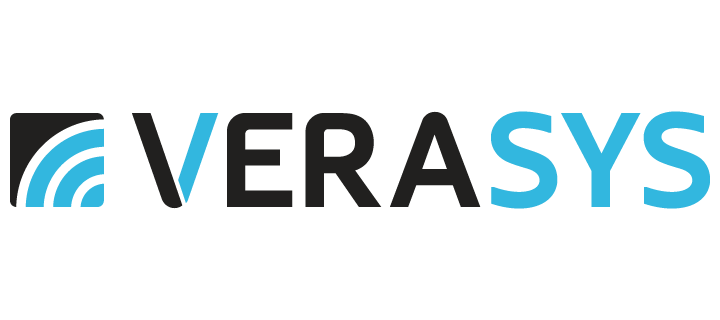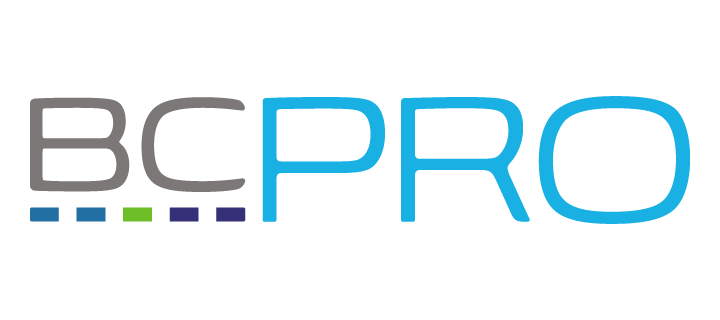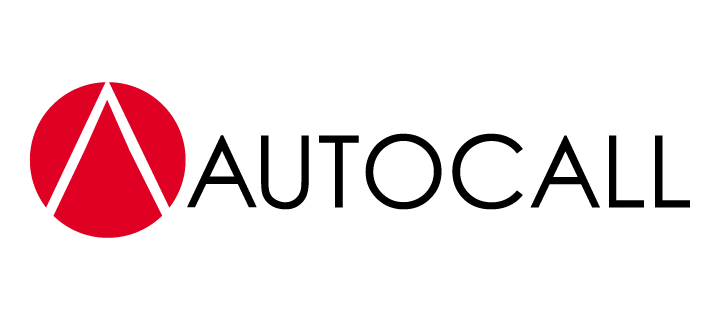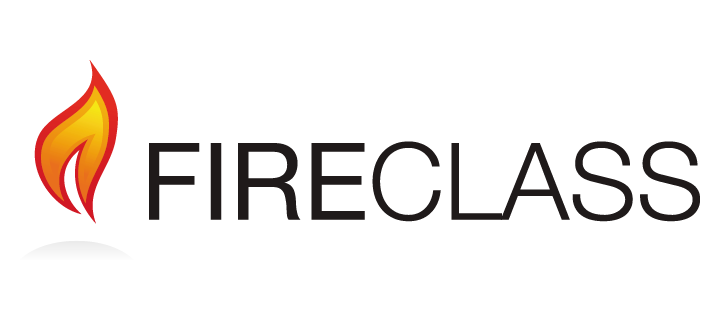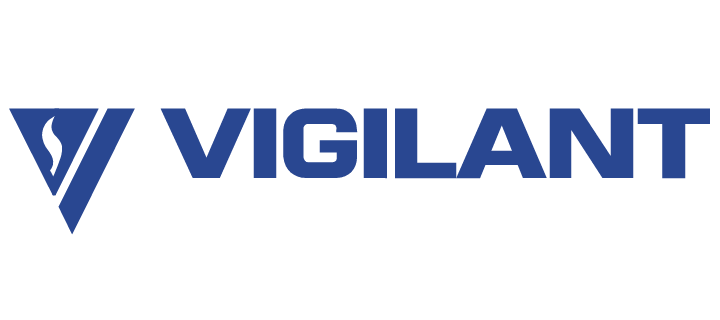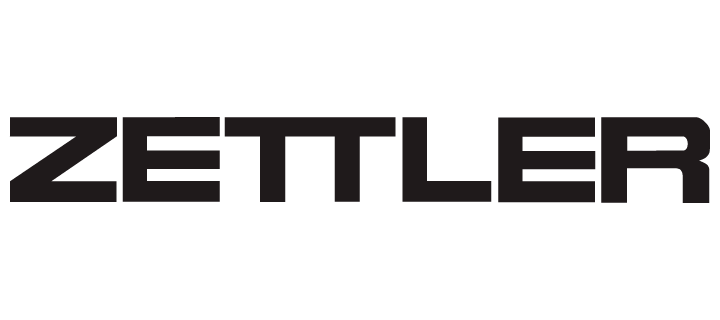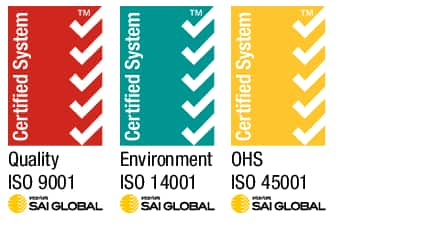Florida Atlantic University Case Study

Introduction
Florida Atlantic University (FAU), one of 12 schools in the state’s university system, was constructed at the former Boca Raton Army Air Field in 1964. The Boca Raton campus encompasses dozens of buildings and houses about 4,000 of the system’s 30,000 students. It also employs about 3,200 faculty and staff.
In the summer of 2016, FAU opened a new building as part of its Charles E. Schmidt College of Medicine, providing the educational institution with the opportunity to implement C•CURE 9000 from the ground up. The new facility, called Office Building 1, presented a unique challenge to FAU, since the third floor houses research administration, while the building’s first floor is an actual medical clinic.
According to Patrick Garmon, Director of Security Technology for FAU, it was important to implement a system that enabled the university to manage student access to the building by floor and by room, not just restrict access to the building itself. To date, it has been the most comprehensive access control project at the university, enabling the university to partition building access based upon the clearance level of a particular medical student or professor.
“Most of the buildings on our campus have exterior doors covered by access control,” said Garmon. “We have now started to grow our interior access control with our new College of Medicine building taking the lead on that initiative.”
Challenges
The new building is now part of a three building complex for The College of Medicine (The Biomedical Science building, Office Building 1, and the Trauma Simulation Center) but presented several unique security challenges for FAU.
Though small in size, with 373 students, The College of Medicine still required a robust access control system with features that enable partitioning and integration with video surveillance.
While all students get access to classrooms and laboratories Monday through Friday, residential doctors and faculty require 24-hour access to the building. The access permission for students can also fluctuate, such as prior to exams when students’ access to laboratories needs to be limited, so The College of Medicine needed to be able to easily alter access privileges.
In addition, the school needed to ensure proper security was in place at its medical clinic, which also houses medicine that needs to be kept under lock and key and properly monitored at all times.
The Solution
A comprehensive system, C•CURE 9000 security management platform offered FAU advantages in time saving and flexibility. “I can do anything I want with it,” said Serge Fisher, Senior Electronic Technician, Security Technology at FAU and the integrator on the C•CURE 9000 installation. “I’ve worked with a lot of different access control systems. With C•CURE 9000, once you know it, you have almost unlimited options.”
One such option is the ability to let faculty control classroom doors, rather than relying on the security department to individually program those doors. Using the intuitive power of the C•CURE 9000 access control system, a teacher need only double swipe his or her access card on a classroom door to open it when needed and then double swipe it again to lock it. But C•CURE 9000 adds a layer of security because personnel within the department can set an expiration time for using the double swipe, so if a faculty member forgets to lock a door he or she opened, the access system will lock it according to programmed information.
The flexible access system was especially important at The College of Medicine giving students different levels of access depending on the school year calendar and if students were taking examinations. The 24 card readers around the building controlled by six iSTAR panels also restrict access to medical records rooms, the pharmacy, third-floor research labs and other sensitive areas.
“It’s much easier to turn on and off cards versus issuing one, two or three keys for each student,” said Garmon.
FAU is experienced when it comes to harnessing the power and versatility of C•CURE 9000. It recently embarked on some key integrations, including one linking panic buttons and video, as well as enhancing necessary but increasingly diverse day-to-day activities such as locking and unlocking doors.
Within key areas on the Boca Raton campus, which serves the majority of FAU’s student body, there was an ongoing need to better protect some areas designated as having high potential for incidents such as the cashier’s and parking offices, the front desks within residence halls and the medical college’s psychiatry department.
The university’s Schmidt Biomedical Science building, also features an extensive C•CURE 9000 integration, covering all exterior entrances, research labs, elevators leading to the animal research floors and the anatomy labs.
Using C•CURE 9000 as the security management platform, the university’s public safety department was able to integrate about three dozen Avigilon cameras with information from its panic alarm system. If someone in one of the high-risk areas triggers an alarm, C•CURE 9000 now immediately calls up the video from a nearby camera that can be monitored at the central station.
This not only allows University Police to respond quickly to an incident, but it also ensures that if it is a false alarm, no one has to be dispatched to the site, saving time, money and resources.
Fisher, the Senior Electronic Technician, Security Technology at Florida Atlantic University, sees potential to integrate into C•CURE 9000 all of the system’s nearly 2,000 cameras, which, like doors in the access control system, can be mapped for easy management within floor plans in C•CURE 9000. Currently there are about 85,000 users in the C•CURE 9000 access control system, including current students, faculty and staff, and some students who have temporarily taken time off from classes.
“There are so many tools offered through C•CURE 9000,” said Luis Colon, Area Sales Manager, Software House brand, for Johnson Controls. “We’re excited to see how Florida Atlantic University is utilizing them at the Boca Raton campus and will roll them out to its other campuses over time.”
FAU currently has C•CURE 9000 at each of its six campuses, with varying levels of security and integration. At its Harbor Branch campus (HBOI), the university uses an RFID reader to allow the faculty staff to fast pass the Entry Gate with their parking permit. The university’s research labs on its Jupiter campus have increased security by requiring two-factor authentication for certain sensitive science labs.
On the Boca Raton campus, The College of Arts and Letters also has an adaptable system, with information stored at the door so students can more easily enter practice rooms. Before C•CURE 9000 was installed, individual locks were purchased and the information had to be downloaded at each door, which was a cumbersome process, explained Garmon, the school’s Director of Security Technology.
The partitioning feature within C•CURE 9000 provides additional advantages, allowing for a single database that can be partitioned to isolate information by campus or between departments, such as housing and academics.
Although he has yet to take advantage of it, Fisher said the fully featured C•CURE Go mobile application will put the power of the system into his phone, allowing him to walk up to a door to change its status or add personnel information, while also monitoring C•CURE 9000 remotely.
The Customer – Florida Atlantic University (FAU)
As the first public university in southeast Florida, Florida Atlantic University was founded in 1964 as a part of a “new revolution in education.” Today FAU has grown beyond its initial campus in Boca Raton to encompass six locations serving more than 30,000 students in its six-county coverage area.
FAU students choose from more than 180 degree programs, faculty researchers utilize more than 40 research centers and the community offers hundreds of educational events every year.
The Solutions Provider – Johnson Controls
Johnson Controls is a global diversified technology and multi industrial leader serving a wide range of customers in more than 150 countries. Our 120,000 employees create intelligent buildings, efficient energy solutions, integrated infrastructure and next generation transportation systems that work seamlessly together to deliver on the promise of smart cities and communities. Our commitment to sustainability dates back to our roots in 1885, with the invention of the first electric room thermostat. We are committed to helping our customers win and creating greater value for all of our stakeholders through strategic focus on our buildings and energy growth platforms. For additional information, please visit http://www.johnsoncontrols.com or follow us @johnsoncontrols on Twitter.
